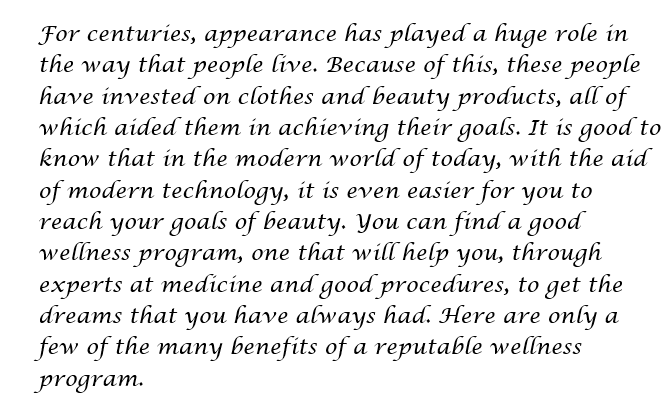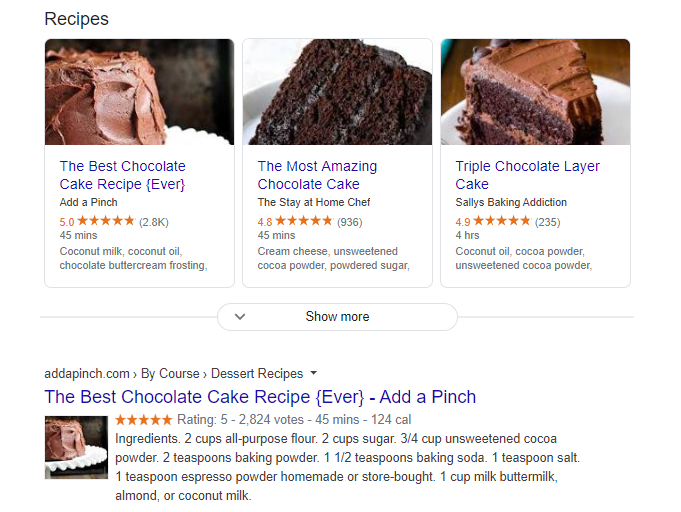On May 4, Google released a broad core algorithm update called the May 2020 Core Update.
The May 2020 Core Update is now rolling out live. As is typical with these updates, it will typically take about one to two weeks to fully roll out.
— Google SearchLiaison (@searchliaison) May 4, 2020
As usual, webmasters took to social media to express their dismay.
Core Update in COVID Time… WOW.. #DeadlyCombo pic.twitter.com/398mZvBoru
— Saket Gupta (@iSKGTi) May 4, 2020
Every SEO guy rn pic.twitter.com/pRIRsNIOe6
— SK ⚅⚀ (@RealSaish) May 4, 2020
Now the pandemic starts
— David Ryan (@d4vidryan) May 4, 2020
But should you really be worried about Google’s core algorithm updates?
And is there a way to maintain your rankings, no matter how many updates roll in?
In this post, you’ll learn proven, SEO-intent writing practices to help you remain calm through all Google’s future updates.
Proven Writing Practices for Content That Ranks Well for Google’s May 2020 Core Update & Beyond
In the announcement of the May 2020 Core Update, Google underscored that:
“Our guidance for such updates remains as we’ve covered before.”
As usual, no one out of Google knows exactly how sites are ranked. But here’s a tip from the Google Webmaster Central Blog.

And here’s Danny Sullivan’s take on it (he posted this in 2018, but it’s still relevant today).
Want to do better with a broad change? Have great content. Yeah, the same boring answer. But if you want a better idea of what we consider great content, read our raters guidelines. That's like almost 200 pages of things to consider: https://t.co/pO3AHxFVrV
— Danny Sullivan (@dannysullivan) August 1, 2018
From this, we see that Google’s algorithms seek to reward the best content out there.
Here’s how to write content that matches these criteria.
1. Write for Google’s E-A-T Standards
Google’s E-A-T stands for expertise, authoritativeness, and trustworthiness.
Clear as mud?
Here are four components of content that Google awards on its SERPs time and time again.
Original Content
Tired, old advice will never make it in the eyes of today’s online readers.
People are looking for something fresh and bold.
They’re searching for new, eye-opening insights.
So if you publish generic, cliché content that’s just, well, meh…your readers will click back the moment they land on it.
And Google will notice.
Content That Dives in Deep
Ever read a blog and realize you simply didn’t get anything out of it?
Something like this.

I bet you didn’t stick around to finish it.
The thin, worthless content (plus the massive blocks of text) is enough to scare the stoutest online reader.
But what about content like this?

It’s in-depth, engaging, and easy on the eyes.
Yup, you’ll stick around for that.
You might even give it a comment or share.
If you want to engage your readers and impress Google, dive deep into your topic.
Share stats, graphs, and images.
Show your authority.
Add value to people’s lives.
Then they’ll stick around.
Authority Content
When you’re looking for medical advice online, whose blog will you read: An experienced medical doctor’s or a shallow piece written by an anonymous person?
Authority and expertise are two aspects Google considers for ranking.
An established site owned by an expert in the industry will rank higher than a random site with no credentials.
Remember, though, that authority doesn’t necessarily mean a bachelor’s degree or special certificates.
For instance, if you’ve been making goat cheese for 15 years you’re clearly an expert on the topic.
Readers will love to hear your advice, and Google should reward you for how well you serve them.
Content That’s User-Friendly & Well-Presented
Online readers are in a hurry and don’t want to wade through endless blocks of content.
For example, would you continue reading a piece like this?

Not only does the paragraph run on forever, but the attempt to be fancy with the font also hurts the eyes.
To avoid scaring your reader away, always present them with:
- Short paragraphs.
- Content broken up into subheads (as many as you can is great!).
- Large font that’s easy on the eyes.
- Zero typos and grammar mistakes.
- High-quality images.
2. Write for User Search Intent
Here’s the deal-breaker:
No matter how much expertise, authority, and trustworthiness your content has, it won’t rank if you don’t optimize it for search intent.
To understand this, imagine yourself in your readers’ shoes.
Let’s say you want to learn how to make your own goat cheese at home.
You go on Google and click on a blog about goat cheese. It’s beautiful. It takes you back to 8th century France, the first time the Moors invented goat cheese. The writing is witty, intelligent, and absorbing. There are charts, images, and stats.
But there’s one problem.
It doesn’t teach you how to make goat cheese.
Do you stick around to read it?
Nope!
You click back and read another blog.
Maybe it’s lighter and less beautifully-written.
But if you end up with a nice slab of goat cheese you made yourself?
You’re satisfied.
That’s how user search intent works.
Now, here’s how to optimize your content for search intent.
Plan Your Content with Search Intent in Mind
Even before you put pen to paper (or fingers to keyboard), be clear on the search intent you’re optimizing for.
There are times when it will be easy.
For instance, it’s not difficult to guess the search intent behind “what is content marketing.”
But what about a keyword like “best chocolate cake?”
Are users looking for recipes?
The best pastry shops in their area?
A history of the most stunning chocolate cakes in the world?
If you’re feeling confused you can…
Check Out What Google Is Ranking
Head over to Google and type in the keyword you’re confused about.
In our example, it’s “best chocolate cake.”
Here’s the result:

What it tells you is that Google is currently ranking chocolate cake recipes for that keyword.
If you write a blog on the history of chocolate cakes and optimize it for “best chocolate cake,” your piece will probably end up far away from page one of the SERPs.
Don’t Confuse Readers When They Land on Your Site
If you already know what readers are looking for in your content, tell them immediately that they’ve found it.
For instance, don’t wait until halfway down your blog to tell your readers they’re going to learn how to make goat cheese.
Tell them in the introduction so they don’t leave.
Stay Relevant to Your Topic
If you want to rank consistently on Google, you can’t write about anything you want whenever the mood strikes you.
Let’s say you want to rank for searches on cake recipes.
To show Google you care about search intent, don’t post random blogs on “how to stay healthy” or “the top 10 most delicious vegetables in the world.”
Stick to your cakes.
The May 2020 Core Update & Beyond: Moving Forward
The bad news: pandemic or no, Google will always update its algorithms.
The good news: it doesn’t matter.
What it all boils down to is Google’s mission.
To give real value to real people.
When you get this right, you’ll rank well no matter what new updates rock the SEO world in the future.
More Resources:
- How People Search: Understanding User Intent
- Search Audiences & User Intent: SEO’s Secret Weapon
- Exploring the Role of Content Groups & Search Intent in SEO
Image Credits
All screenshots taken by author, July 2020





![AI Overviews: We Reverse-Engineered Them So You Don't Have To [+ What You Need To Do Next]](https://www.searchenginejournal.com/wp-content/uploads/2025/04/sidebar1x-455.png)